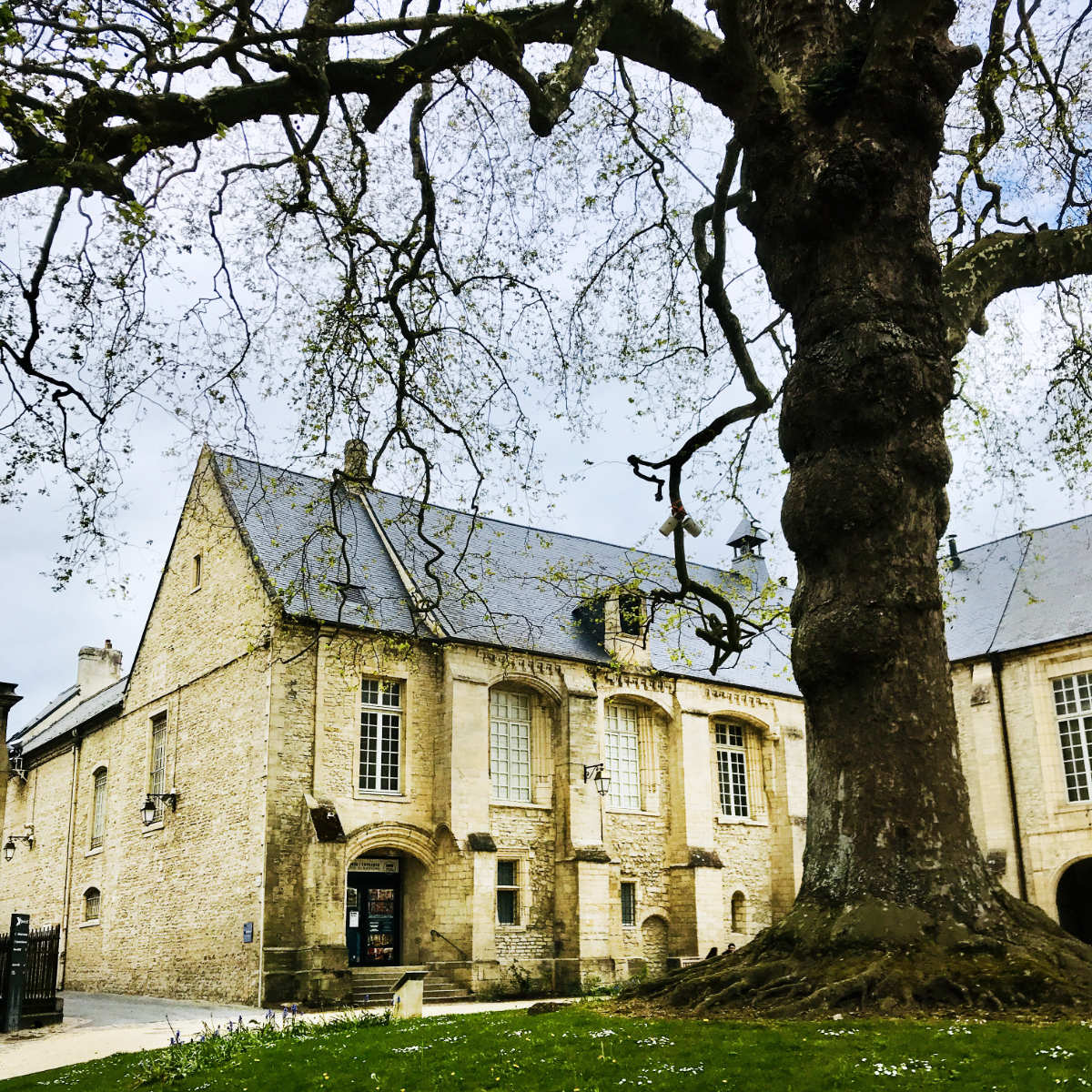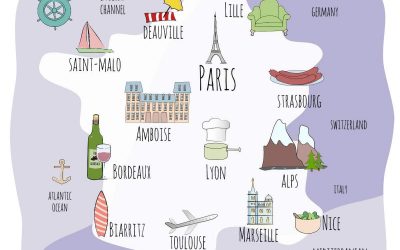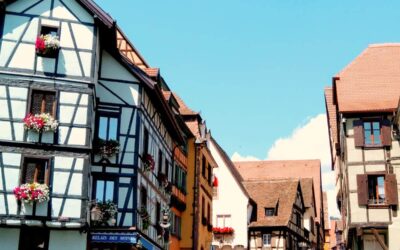Normandy is that quaint little corner of France that has seen more history than a storage room in a museum. From the earliest days of Julius Caesar and William the Conqueror, to the more recent events of WWII, Normandy has been caught up between powers greater than it.
Due to its location on the English Channel between France and England, the history of Normandy given its locals a front row seat to history. Way back in the day, Normandy was just a large coastline with its famed black and white cows.
Then along came the Gauls, the Romans, the Franks, and the Vikings. The name “Normandy” comes from the settlement of the territory by Vikings (“Northmen”) in the 9th century to become known as the Normans.
Indeed, much of Norman history relates to important turning points in French history as well as European and world events. So let’s take a look at some of the main key points in the timeline of the history of Normandy, shall we? Allons-y!
- 1. Archeological finds in Normandy date back to the prehistoric era.
- 2. Julius Caesar and the Romans invaded Normandy.
- 3. Clovis ruled Normandy.
- 4. The Viking raids caused much trouble.
- 5. Rollo the Viking became the Count of Rouen.
- 6. The Duke of Normandy, William the Conqueror, invades England.
- 7. The Plantagenets became the Dukes of Normandy.
- 8. Normandy was officially deemed to be a part of France.
- 9. The 100 years' war erupted.
- 10. Joan of Arc was burnt at the stake in Rouen, Normandy.
- 11. The Duchy of Normandy came to an end.
- 12. In 1517, King François I created the port and the city of Le Havre.
- 13. Protestants tried to settle in Normandy.
- 14. Some Normans fought against the French Revolution.
- 15. Property boom in Normandy.
- 16. The Franco-Prussian war in Normandy.
- 17. WW1 battles outside Normandy
- 18. Frontline during WW2: the D-Day beaches of Normandy.
- 19. Normandy rebuilt.
1. Archeological finds in Normandy date back to the prehistoric era.
Cave paintings and other artefacts have been found in Normandy dating back to prehistoric times. The Grotte de Gouy near Rouen, which has parietal rock art engravings, is the northernmost decorated cave in Europe.
Like next-door Brittany, Normandy was inhabited by Celtic Gauls before the 1st-century AD. In 57 BC, the Gauls united under Vercingetorix in an attempt to resist the onslaught of Julius Caesar’s army.
The Asterix and Obelix comics pay tribute to the Gaelic tribes that tried to ward off the Romans.
2. Julius Caesar and the Romans invaded Normandy.
After the Romans invaded Normandy in the 1st-century BC, the Gallo-Roman settlement fell under the province called Gallia Lugdunensis which had Lyon as its capital.
While the next-door region of Brittany was more isolated and managed to preserve some of its Celtic culture, Normandy was on the Roman route to the British isles.
This led the local Gaellic tribes to flee to safety, with the language and culture in Normandy gradually becoming more Latinized (the language of the Romans) than that of the Bretons.
Many Gallo-Roman artefacts were found in Normandy, in particular during the construction of the A29 autoroute highway in 1995.
3. Clovis ruled Normandy.
In 486AD, the area between the Somme and the Loire came under the control of the Frankish King Clovis. It is under his legacy that the Kingdom of Francia (Kingdom of the Franks) would later become the modern-day name “France” that we know today.
His eventual successor King Charlemagne would consolidate the Frankish Empire with his hold on this part of France.
4. The Viking raids caused much trouble.
The name Normandy comes from the Vikings who descended from Scandinavia to raid greener pastures. They were known as “Northmen”, in Latin “Northmanni”.
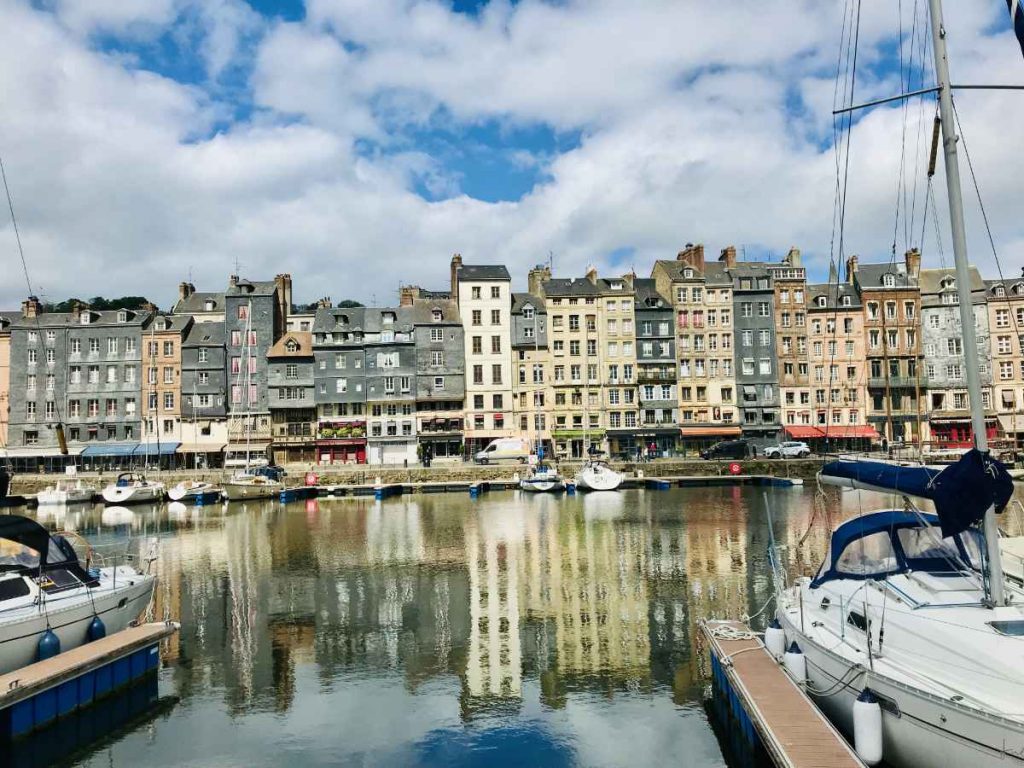
With the mouth of the Seine (near what is now Honfleur and Le Havre) in Normandy on the Atlantic, they travelled down the river to attack the Frankish capital, Paris.
5. Rollo the Viking became the Count of Rouen.
Rollo of the Vikings was a great warrior who came to Normandy as part of those raids and would go on to become the 1st ruler of Normandy.
Rollo established the House of Normandy and the Duchy of Normandy that William the Conqueror descended from. (Rollo was William the Conqueror’s great-great-great grandfather.)
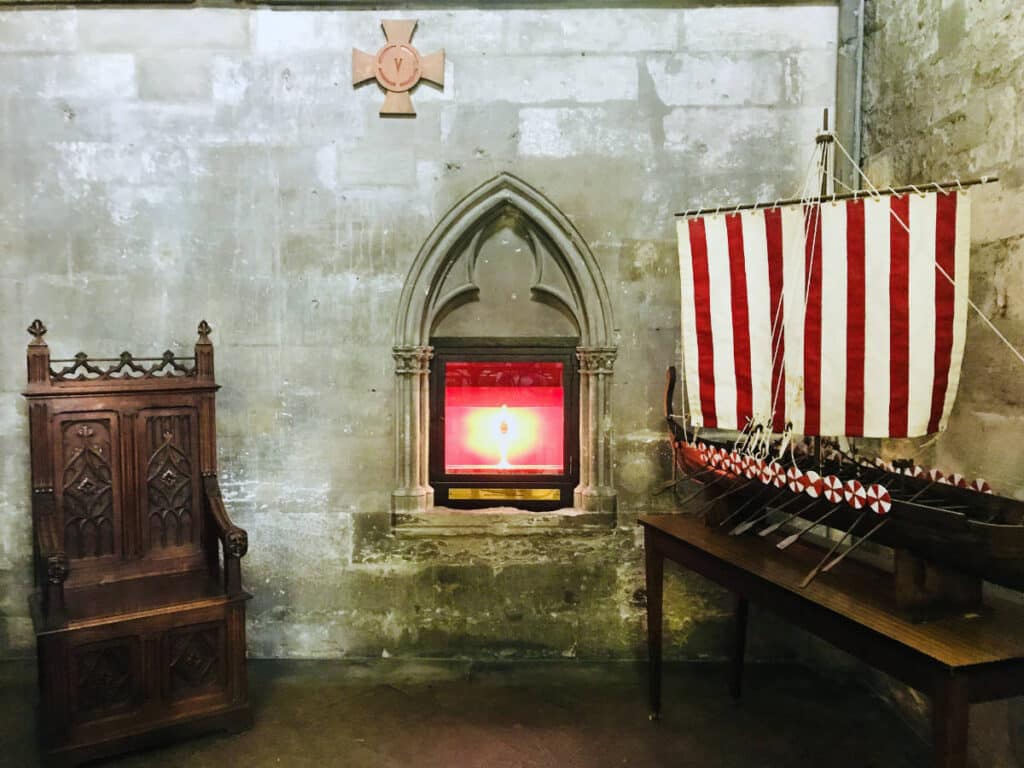
After the Siege of Chartres in 911, King Charles, the king of West Francia, granted him lands in Normandy to what is now Rouen, in exchange for Rollo agreeing to end his siege. Rollo also agreed to swear allegiance to the French King, convert to Christianity, and defend the Seine river from future Viking raiders.
Rollo died in 928AD and was buried at the Rouen Cathedral in central Normandy.
6. The Duke of Normandy, William the Conqueror, invades England.
In 1066, Duc William of Normandy came across the English Channel from the west coast of France. He went to England leaving his wife and 9 children behind in Normandy, as he fought and solidified his hold on England.
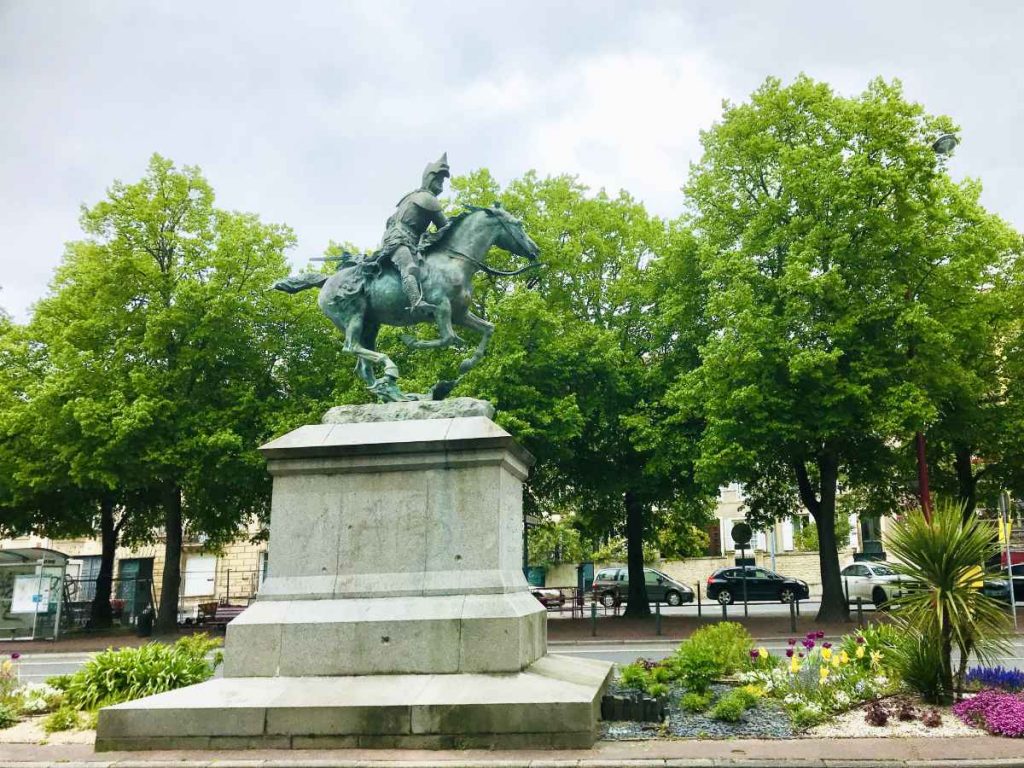
William spoke French, so the language of the (English) court was French, a tradition that his descendants continued for centuries. As such, approximately 45% of words in English are rooted in French.
Many of William’s descendants continued to speak French rather than English, with the motto of the English monarch becoming:
Dieu et mon droit
French-English translation: God and my right
Officially, the Dukes of Normandy still owed their allegiance to the Kings of France, but things would soon change.
William’s descendants would go to intermarry for several generations with the French royal house, leading to many conflicts as they each tried to assert their rights to the other’s throne.
7. The Plantagenets became the Dukes of Normandy.
As King of England were also the Dukes of Normandy, they controlled much of the sea passage and trade across the English Channel.
After William the Conqueror died, his 4th son Henry II inherited his title. However, he had no male children, and it was his daughter Mathilde who would marry Geoffrey Plantagenet, starting a new powerful Plantagenet dynasty.
8. Normandy was officially deemed to be a part of France.
After William the Conqueror died, his descendants tried to hold on to the Duchy of Normandy. His great-grandson King Henry II of England married Eleanor of Aquitaine, another rich duchy in France, to try to consolidate his hold on the French coast.
But the peace would not last. In 1204, during the reign of Henry’s son, John of England was defeated by the King of France Philip II. Normandy officially was deemed to be a part of France, and the dukes of Normandy should swear allegiance to the French Kings.

9. The 100 years’ war erupted.
With the occupants of the French and English throne closely related, a long war known as the 100 years’ war soon broke out to claim the French throne.
France’s borders were not the same ones that we see today. Portions of Aquitaine, Normandy, and Burgundy were already part of England due to intermarriage, inheritances, and armed conflict. With the Hundred years’ war in full force, Normandy was right in the heart of battle.
10. Joan of Arc was burnt at the stake in Rouen, Normandy.
In the midst of the 100 years’ war, a young maid named Jeanne d’Arc (Joan of Arc) would capture the imagination of France.
Nicknamed la Pucelle d’Orléans (the maid from Orléans), she arrived in the French court at 17 years-old, dressed as a male soldier and made a strong impression on the King, whose armies were rapidly weakening.
The French King sent Joan on a series of battles. Unexpectedly, she was able to lead the French army to victory, with her appearance effectively turned the war over territory into a religious war.
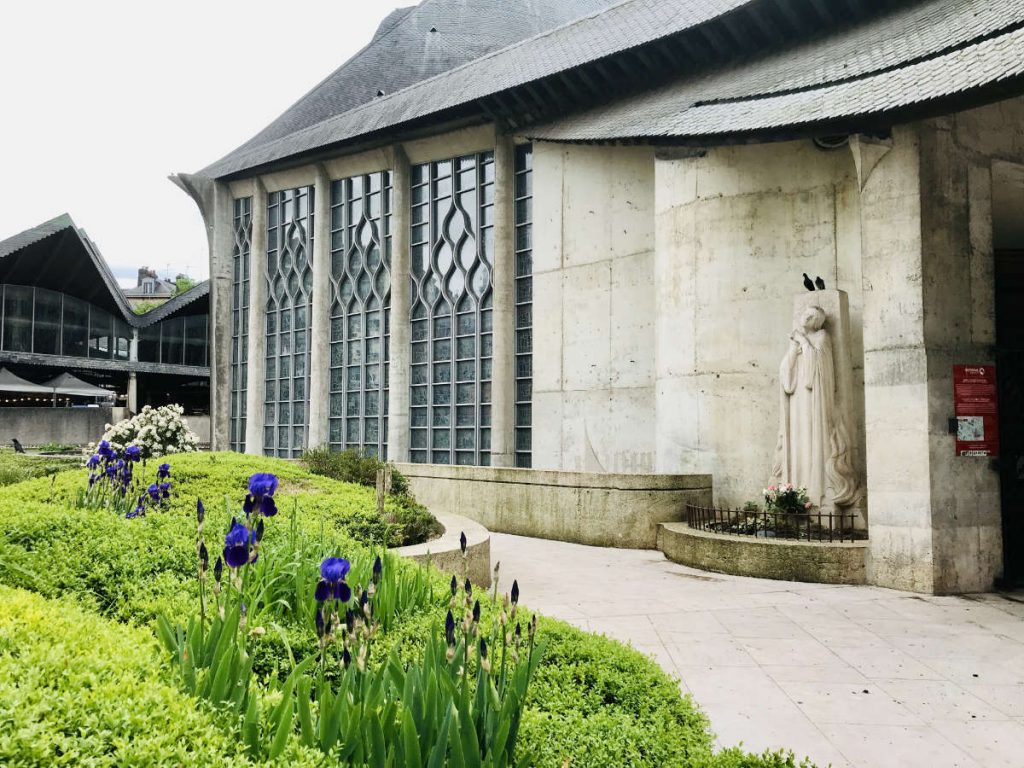
She was burned at the stake on 30 May 1431 in Rouen in Normandy, dying at about 19 years-old. In the city you will find a discreet statue of Joan of Arc to mark the spot where she was burned at the stake for heresy.
11. The Duchy of Normandy came to an end.
In order to try to find a resolution to the 100 years war, the Treaty of Paris between King Henry III of England and Louis IX of France was ratified in December 1259. (The Kings had married sisters and were closely related.)
In this treaty, English Henry III agreed retain the duchy of Guyenne (a small portion of Aquitaine with Gascony), but had to resign his claim to Normandy, Anjou, Poitou, and most of the other French lands.
Normandy would no longer be a duchy. The ducal ring was placed on an anvil on November 9, 1469 and broken with a sledgehammer. This is the end of the Duchy of Normandy.
12. In 1517, King François I created the port and the city of Le Havre.
Le Havre is a small port city situated on the mouth of the river Seine in Normandy. It was founded by King François I in 1517 because the nearby port at the city of Honfleur was starting to be too small.
From the entrance at Le Havre, boats could travel all the way down the Seine to Paris, bringing trade and commerce.

13. Protestants tried to settle in Normandy.
In the mid-16th century, protestantism came to Normandy, especially in the cities. Many lower nobles and bourgeois adopted the religion, becoming known as Huguenots.
When (sometimes) protestant King Henri IV came to the throne, he signed the Edict of Nantes in 1598 which granted the Protestants of France (Huguenots) substantial rights in France to live and practise their religion.
When Henri’s grandson Sun King Louis came to power however, he revoked the Edict. Before the revocation, over 200,000 Protestants lived in Normandy. after the revocation, over 184,000 (92%) Norman protestants are believed to have fled to England and the Netherlands by sea.
14. Some Normans fought against the French Revolution.
During the 1789 French revolution, many locals from Normandy were actually against the revolutionaries. One notable Norman, was the young Charlotte Corday. She was a young author and activist, but it is for a murder that her name is long remembered in the French history books.
Jean-Paul Marat was a journalist and radical politician during the revolution. Known for advocating some of the worst massacres during the Reign of Terror through his newspaper, he was already an icon because of his debilitating skin condition that required him to spend much of his day in a medicinal bath.
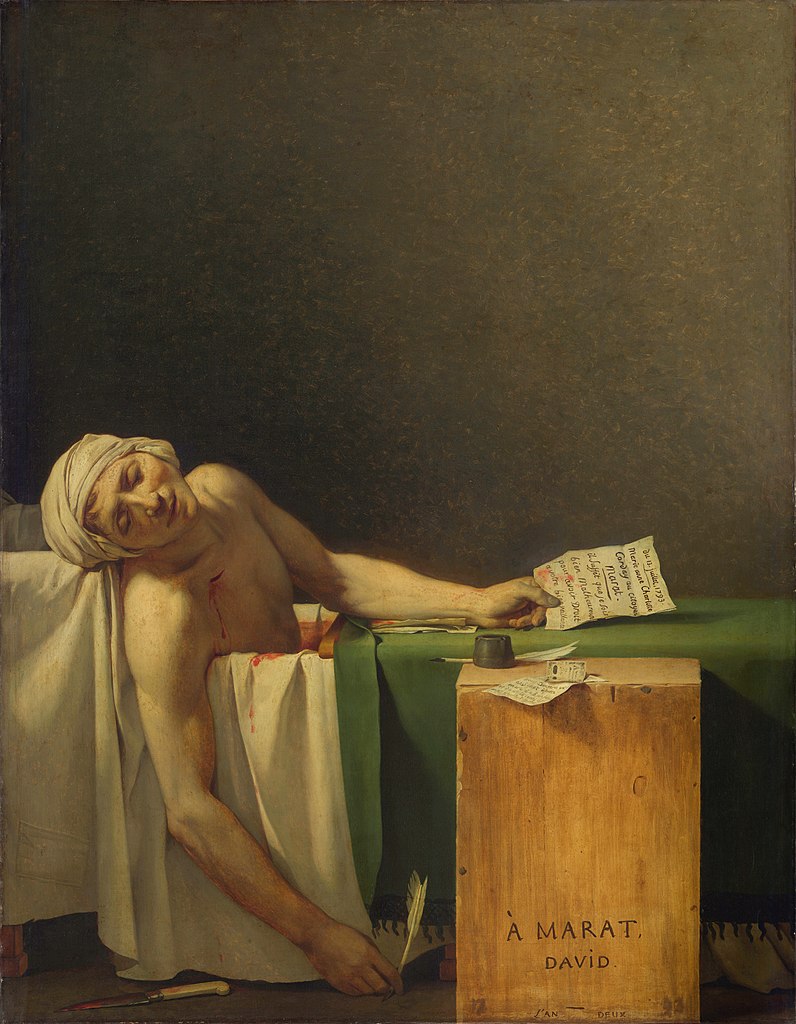
Corday was a member of an opposing revolutionary group, the Girondins, who represented a more moderate approach to the revolution. She became skeptical about the direction the revolution was taking, and the reign of terror that was being unleashed across France .
She would purchase a knife in the hotbed of opposition that was then the Palais Egalité, and sneak into Marat’s bathroom while he was in the bath to stab him.
They both became martyrs of the revolution, and Corday herself was executed less than four days, on 17 July 1793.
At only 24 years-old, her act transformed the idea of what a woman was capable of, at a time when women were not widely represented amongst the revolutionaries.
15. Property boom in Normandy.
In the 19th century, a new train line was built from Paris to the coast of Normandy. A clever developer named the Duc de Morny had an idea.
He bought up several acres of marshland in Deauville on the coast of Normandy, and convinced his half brother Emperor Napoleon III and the aristocrats around him to purchase homes along the sea as it would be good for their health.
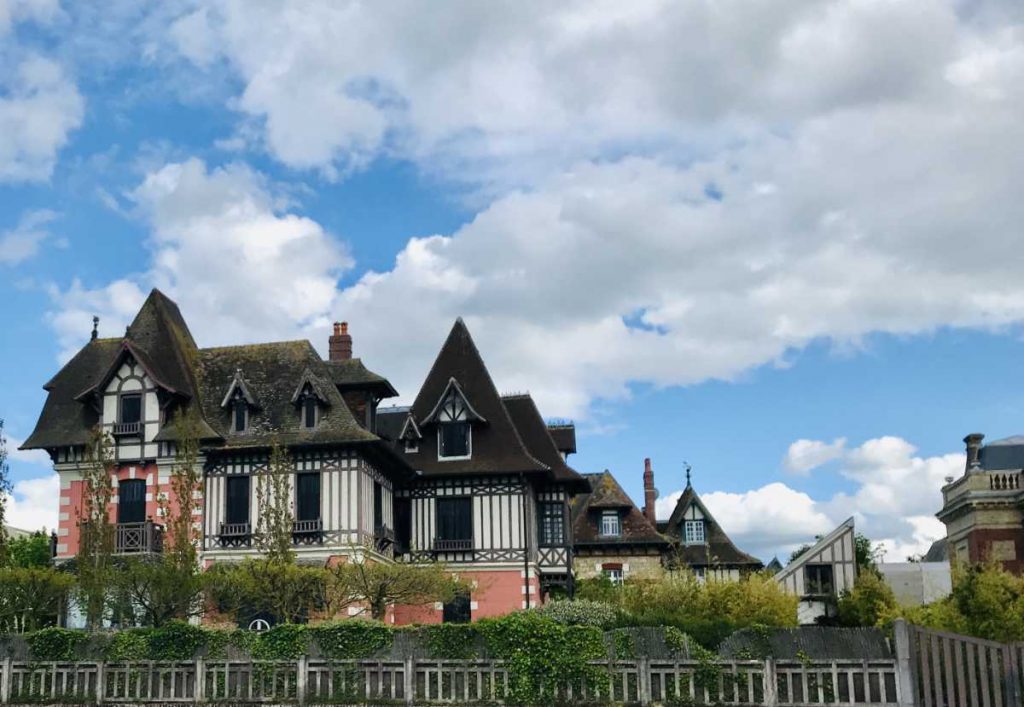
Today, Deauville, Trouville-sur-mer, and Etretat, as well as other coastal cities are popular places for wealthy Parisians to own a vacation home, being only 2 hours away from the capital.
16. The Franco-Prussian war in Normandy.
In 1870, the Prussian (German) army marched towards Paris and on to Rouen, fighting an outmatched French army, an episode that was known as the Franco-Prussian war.
With Paris and Rouen falling into Prussian hands, the French army regrouped around Honfleur and Le Havre and managed to repel an attack.
But on January 25, the Prussian Grand Duke of Mecklenburg entered Rouen and agreed to the Armistice on January 28, 1871. France agreed to pay a five billion franc war indemnity for the Prussians to withdraw.
The indemnity was proportioned to be the exact equivalent to the indemnity imposed by Napoleon Bonaparte on Prussia in 1807.
17. WW1 battles outside Normandy
During WWI, the region of Normandy mostly escaped front-line battles, although there were several that occurred within its vicinity.
From the battlefields of Somme, Charleroi, Marne, Verdun, Chemin des Dames near Soissons, etc., the Norman population and soldiers were mobilized for the full war effort.
18. Frontline during WW2: the D-Day beaches of Normandy.
The region of Normandy remains legendary because of the courage of the Allied soldiers who landed on its beaches on June 6, 1944.
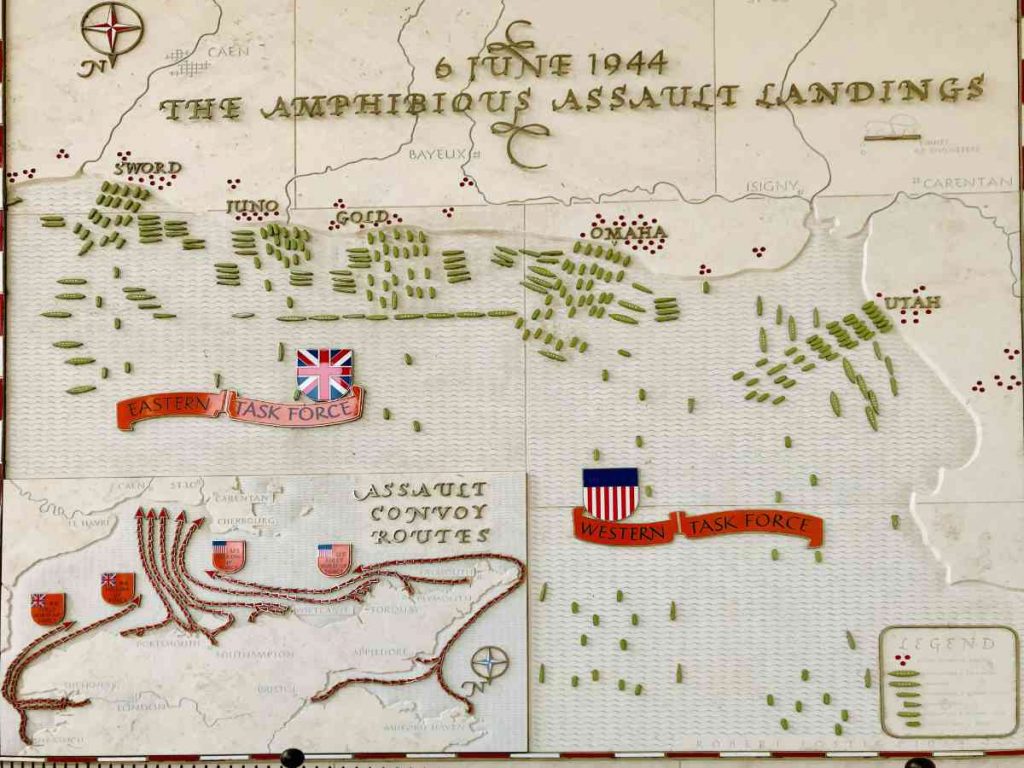
There are 5 main beaches where the D-Day assault started on June 6th 1944. From east to west, on the coast of France along the English channel, these were:
- Sword Beach – 28,000 British troops
- Juno Beach – 21,000 Canadian troops
- Gold Beach – 25,000 British troops
- Omaha Beach – 43,000 American troops
- Utah Beach – 21,000 American troops plus 14,000 airborne
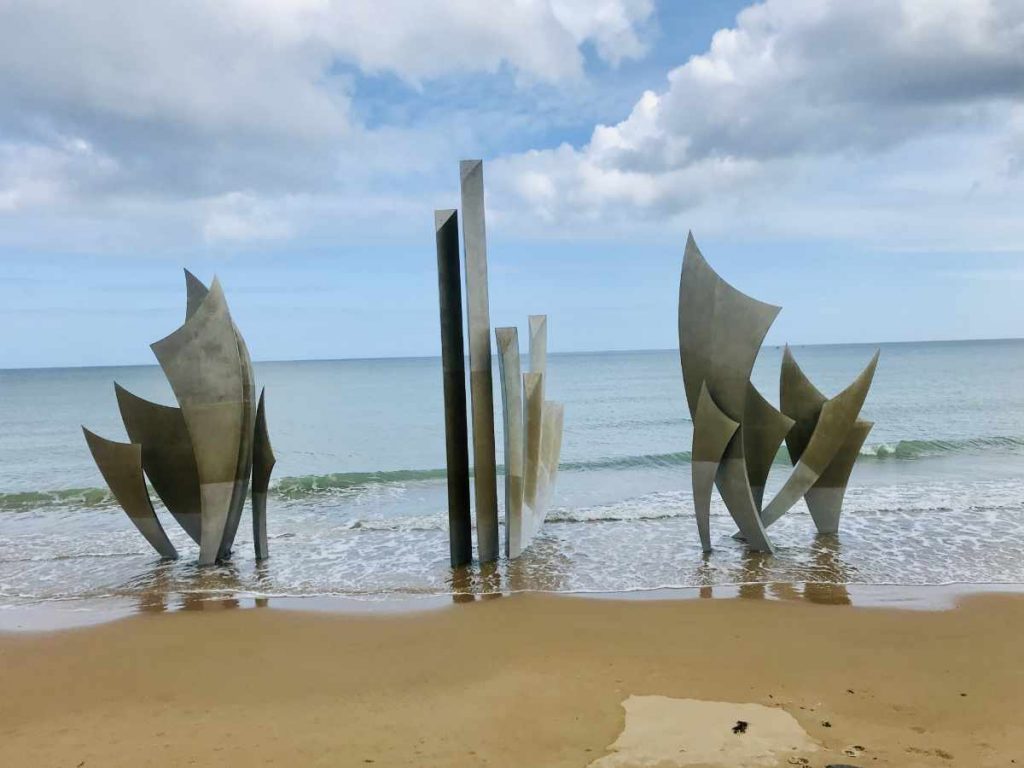
While nearby Norman cities like Bayeux, Honfleur, and Deauville were mostly spared, the capital of Caen got the brunt of it, with much of the old city destroyed.

19. Normandy rebuilt.
After WWII, the region of Normandy struggled to rebuild, like others across France. Cemeteries and monuments to pay hommage to the dead can be seen all across the region that had seen so much bloodshed.
Several old city centers and cathedrals were repaired and restored. And nothing epitomizes the new Normandy more than the Pont de Normandie bridge which was completed in 1995.
It is located at the mouth of the Seine, and is the the last bridge to cross the Seine before it empties into the Atlantic ocean. At the time of its completion, it was the longest cable-stayed bridge in the world, and also had a record distance between piers for a cable-stayed bridge.
Today, Normandy is thriving, with an eye to the future. A region that is embracing its role paying tribute to France’s past and its future.

If you enjoyed that article, you may like to read more facts about Normandy. A bientôt!
